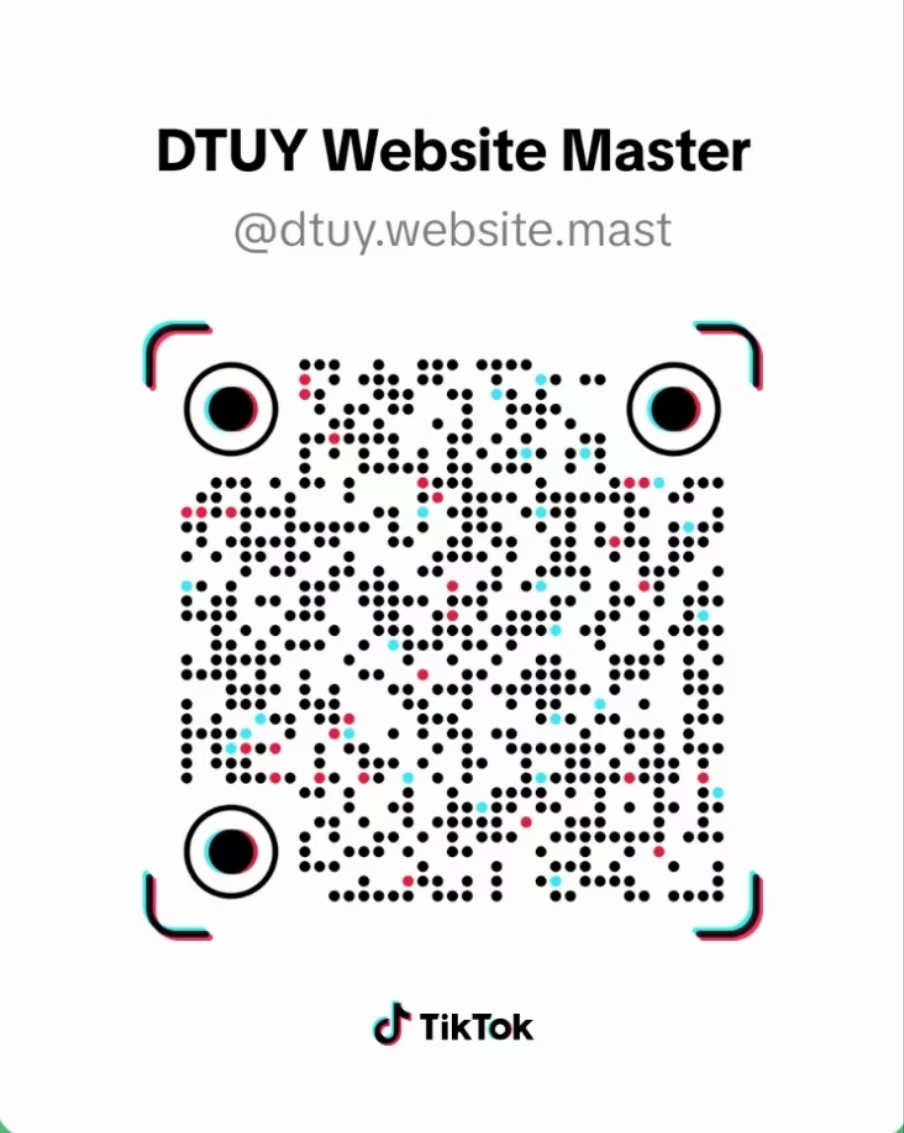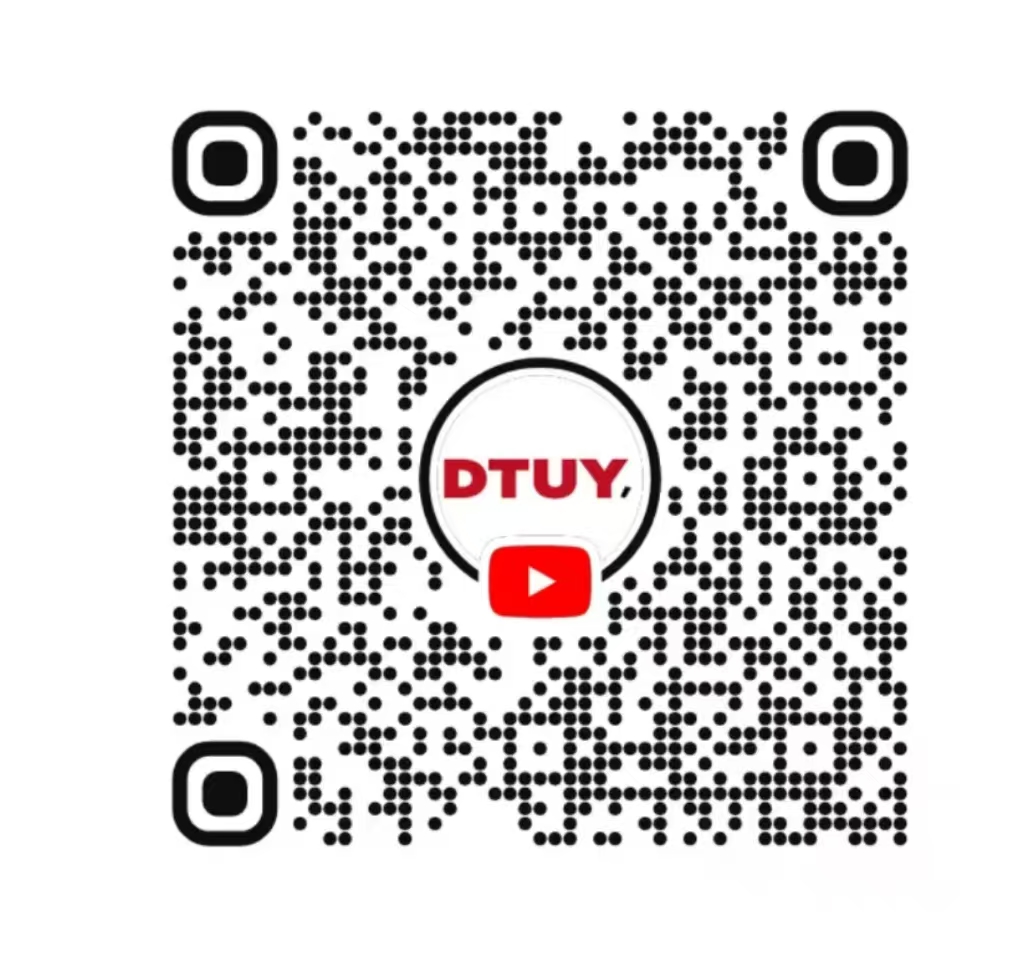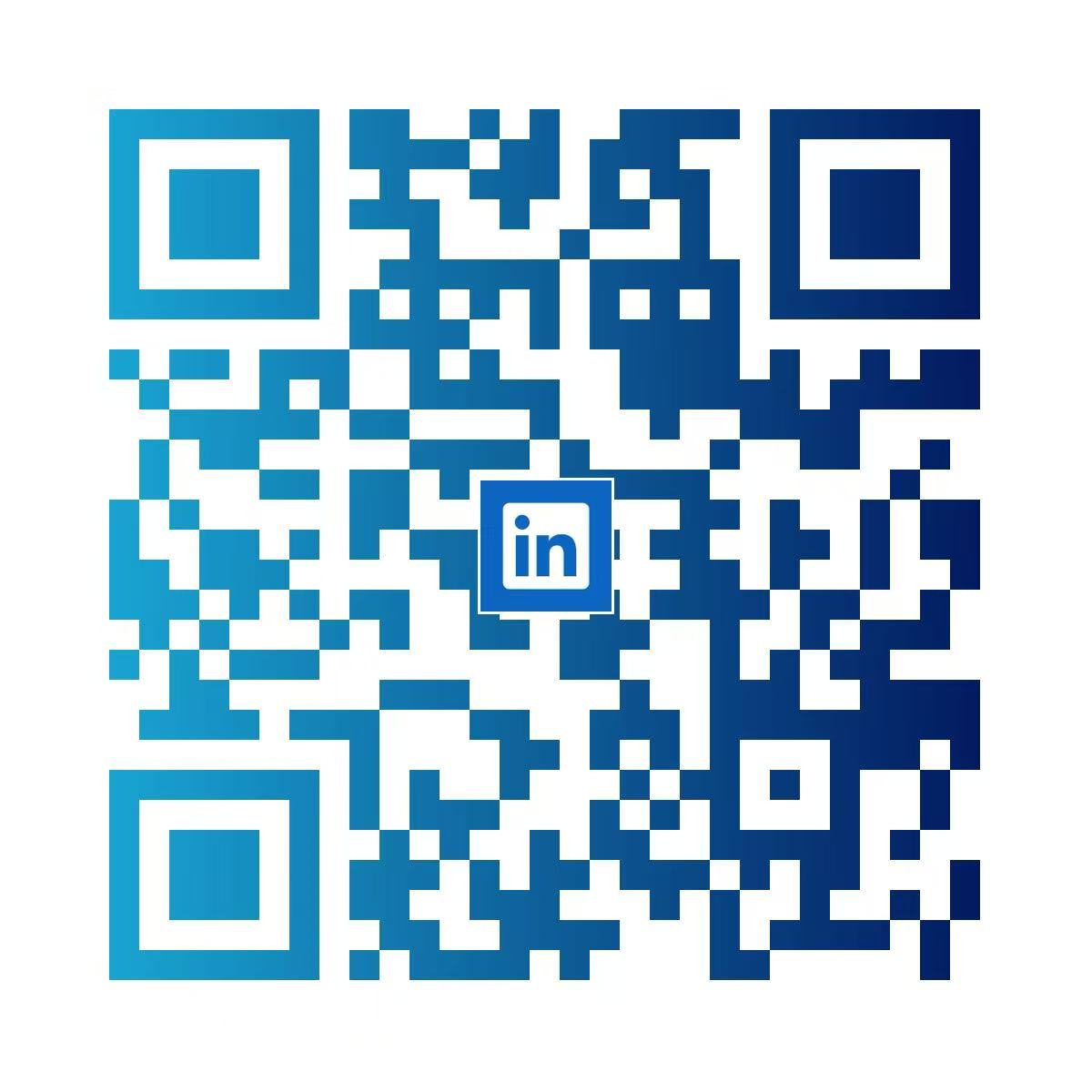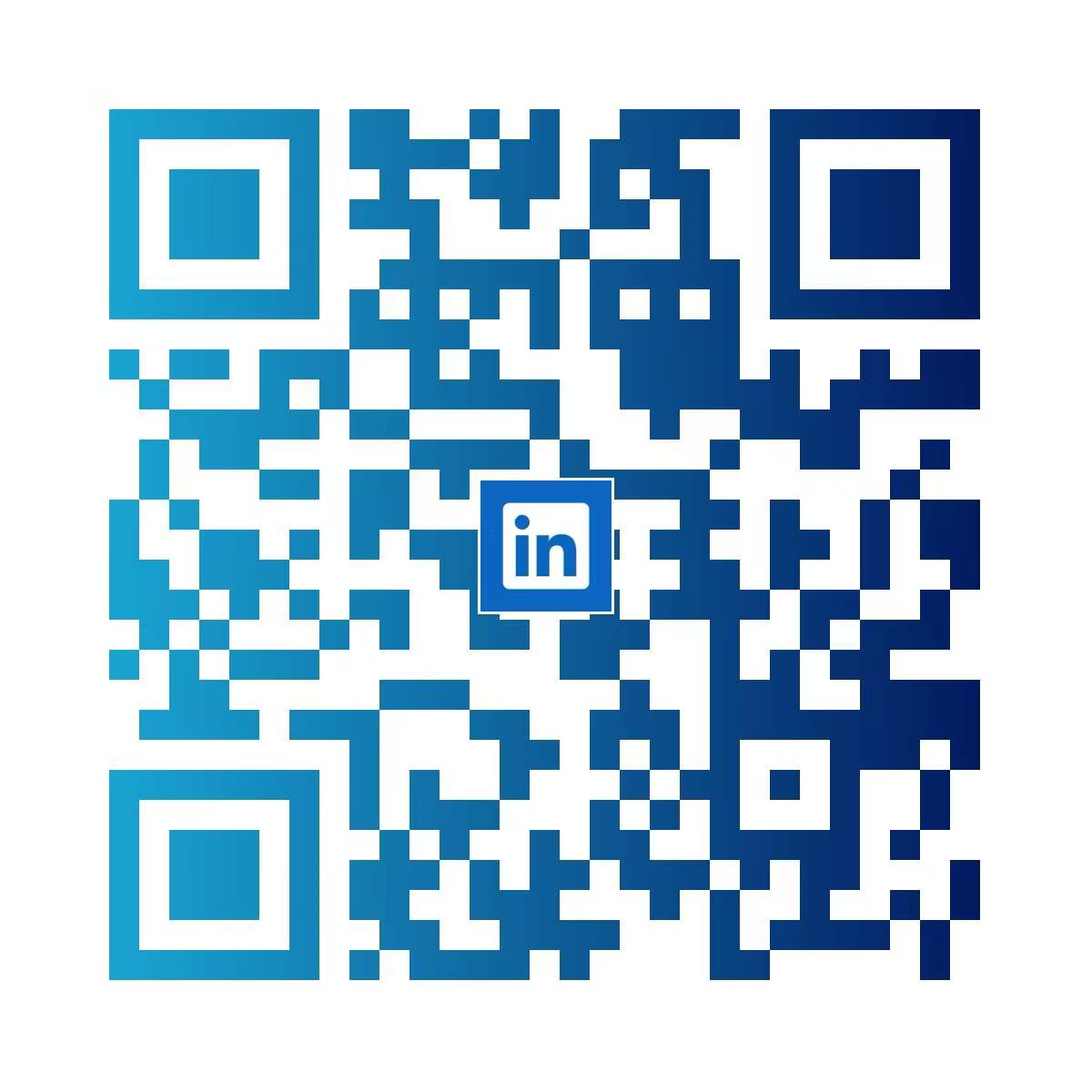When a Shenzhen consumer electronics company lost nearly three months of customer behavior data through the official website built by an international SaaS platform due to the sudden data interface policy of the service provider, its precision marketing system in the North American market was instantly paralyzed-this is not an isolated case. It is a "digital black box" that 36% of the world's foreign trade companies that use SaaS to build websites are experiencing. DTUY believes that SaaS website building seems to be under the sugar coating of low cost and high efficiency, but in fact it includes the lethal core of data sovereignty loss, limited technological autonomy, and value dilution, which is pushing enterprises into a frog-style strategy. dangerous situation.
 Source: pexels
Source: pexels
1. The disappearance of data sovereignty
The core logic of SaaS website design is to store enterprise data on third-party servers, which is essentially a silent transfer of sovereignty. The absolute control of the service provider over the database means that core assets such as customer behavior trajectories, procurement decision-making chains, and inquiry conversion paths have all become "numbers" on other people's servers. What's more dangerous is that SaaS platforms usually blur the ownership of data with chemical protocols. International companies can neither deeply mine the value of data, nor can they fully extract historical assets during migration. This kind of "exchanging data for convenience" transaction is essentially for the future competitiveness of enterprises-when algorithms and data become the core ammunition of trade competition, enterprises that lose data sovereignty are tantamount to being unarmed on the digital battlefield.
DTUY provides privatized deployment of website design services. The data is completely in the hands of customers. Customers can delete product information, view background data, and change marketing methods.
2. Technological shackles that are difficult to break through
The modular design of the SaaS platform website design seems to be a technical threshold, but in fact it uses a chemical cage to imprison the personalized expression of the enterprise. From page architecture to functional interaction, from SEO strategy to multilingual adaptation, all links are limited by the technical framework preset by the service provider. What's more deadly is that there is a structural mismatch between the technological iteration rhythm of SaaS service providers and the needs of enterprises-platforms tend to upgrade universally in pursuit of economies of scale, but regional compliance adaptation and vertical industry depth required for international trade Key needs such as optimization are often shelved indefinitely. This technological dependence ends up trapping businesses in the mediocre trap of "working but not working".
3. Hidden costs
DTUY is well aware of the opaque charges for SaaS website building, so DTUY provides completely transparent charges. This is very different from SaaS website design.
The low-cost characteristics of SaaS website design in the early stage are like a dose, covering up its hidden cost black hole. Although the subscription system charges are light in the early stage, as the scale of the enterprise expands, just-needed functions such as multilingual sites, independent IP services, and advanced security modules will trigger exponential growth in fees. According to a study, the five-year total cost of foreign trade companies using SaaS to build websites exceeds that of privatized deployment by 47% on average, and with the amount of data, the marginal cost does not fall but rises. The deeper crisis is that the business essence of SaaS service providers is to "support platform valuation with enterprise growth"-when enterprises become more and more dependent on platforms due to the growth of official website traffic, service providers can use any rate, function or agreement terms for value harvesting. This cost structure makes enterprises fall into the dilemma of "if they don't use it, they will die, and if they continue to use it, they will lose money".
4. Compliance lightning protection
Global operations will inevitably face fragmented laws, and SaaS website building has systemic flaws in this field. The server layout, data routing strategy, and backup mechanism of service providers often conflict with the compliance requirements of the enterprise's target market. For example, the European Union's "Digital Market Act" requires user data not to be allowed in the European Economic Area, but most SaaS platforms store Asian enterprise data in North American nodes for cost. The uncontrollability of this underlying architecture puts enterprises at risk of huge fines at all times. In addition, black swan events such as SaaS service providers unilaterally revising privacy policies and suddenly terminating regional services may overnight destroy the trust system in overseas markets that companies have operated for many years.
5. Limits of brand uniqueness
The core of international trade is to build cross-cultural trust, but SaaS website design may be this trust. It adopts the same template design, similar interaction process, and mechanical multilingual translation, making the official website of the enterprise uncharacteristic, like a soulless digital display board. When German engineers browse the official websites of suppliers from China involving ten different industries, if they find that their page structure is the same and their customer service skills are similar, then they are likely to feel that these brands are not professional enough, cheap and perfunctory. To make matters worse, SaaS platforms will deliberately create an "ecological closed loop" in order to retain users. As a result, the official website of the enterprise has to succumb to the ecology of the platform, customer data is bound by third parties, user habits are bound by platform rules, and the unique expression of the brand is compressed into several parameters in the template. This deep bundling will eventually make the company lose its independence, become a digital tenant farmer in the SaaS empire, and forever lose the opportunity to build a global brand voice.
What DTUY provides him with personalized website design services for enterprises, sorting out the characteristics of enterprise products, planning the design of website moving lines, and intelligently optimizing keywords, so that the enterprise's website is not only beautiful, but also easier to include by Google.




 106
106

















